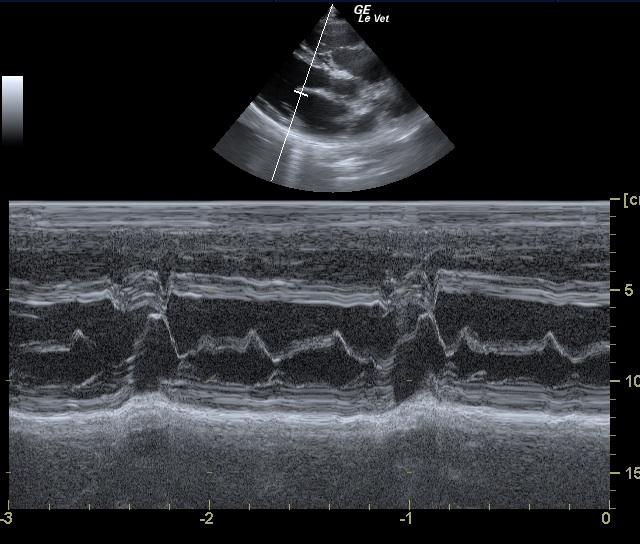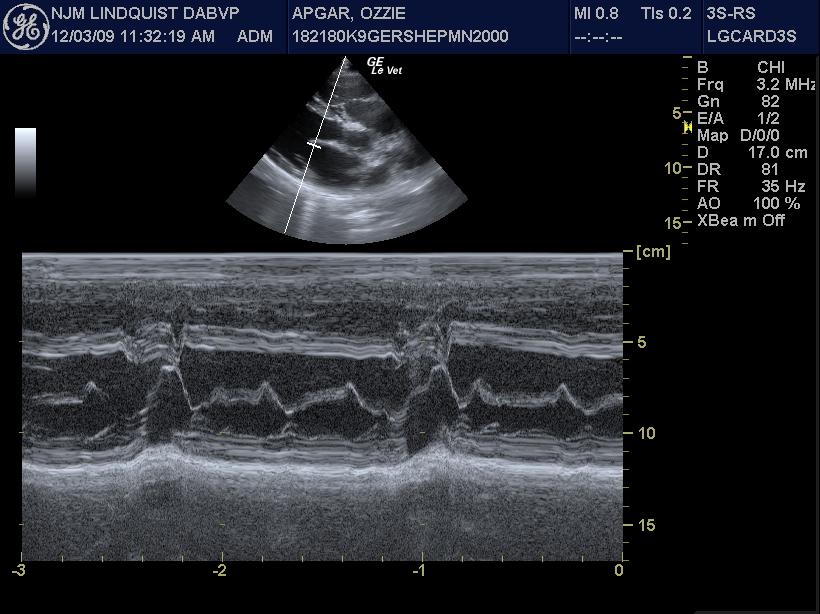A 9 year old neutered male German shepherd was presented for syncope. Physical examination revealed bradycardia as the only abnormality. On ECG, the heart rate was 45 bpm and atrial flutter with a 3rd degree AV block was present. ACTH stimulation test was normal.
A 9 year old neutered male German shepherd was presented for syncope. Physical examination revealed bradycardia as the only abnormality. On ECG, the heart rate was 45 bpm and atrial flutter with a 3rd degree AV block was present. ACTH stimulation test was normal.

